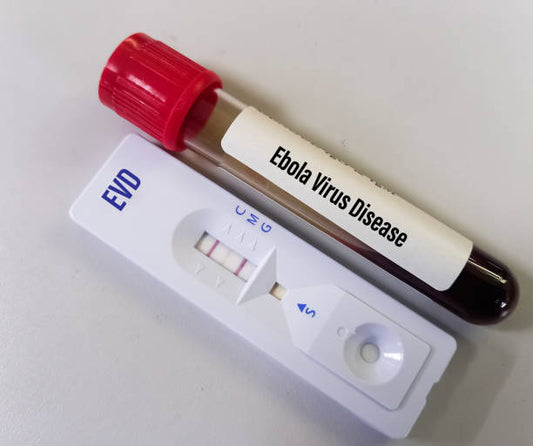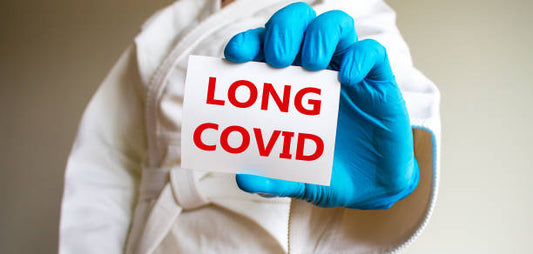What is Epidermolysis bullosa (EB)?
Epidermolysis bullosa (EB) is a rare, genetic skin disorder that causes the skin to become fragile and blister easily. EB is an incurable condition, but with proper management, those affected can live full and active lives. In this blog, we will discuss the symptoms, development, cure, and management of EB.
Symptoms of Epidermolysis Bullosa
The main symptom of EB is blistering and skin fragility. Blisters can develop in various areas of the body, including the hands and feet, mouth, eyes, and genitalia. Other symptoms can include scarring, open sores, and nail loss.
Development of Epidermolysis Bullosa
EB is a genetic disorder, meaning it is caused by an abnormality in the genes. It is typically inherited from a parent, but it can also occur as a spontaneous mutation. There are three main types of EB: simplex, junctional, and dystrophic. The type of EB someone has will determine the severity and location of the blisters.
Cure for Epidermolysis Bullosa
Unfortunately, there is no cure for EB. Treatment focuses on managing the symptoms and preventing complications.
Management of Epidermolysis Bullosa
The goal of EB management is to keep the skin healthy and minimize the risk of infection. This includes protecting the skin from trauma, using moisturizers, and avoiding certain fabrics and materials that can cause friction. It is also important to keep wounds clean and dress them with non-adhesive bandages. In some cases, medications such as antibiotics and topical steroids may be prescribed. Surgery may also be necessary to treat severe cases.
Conclusion
Epidermolysis bullosa is a rare genetic skin disorder that causes the skin to become fragile and blister easily. There is no cure for EB, but with proper management, those affected can live full and active lives. We hope this blog has provided helpful information about the symptoms, development, cure, and management of EB.











